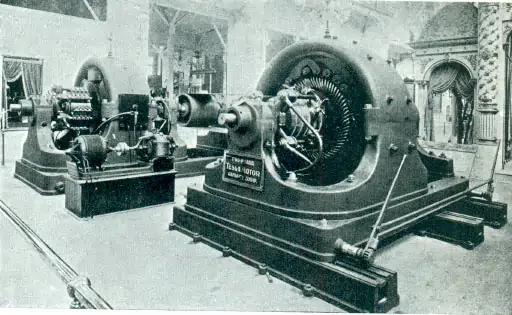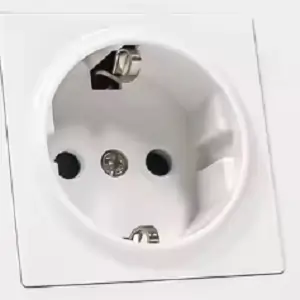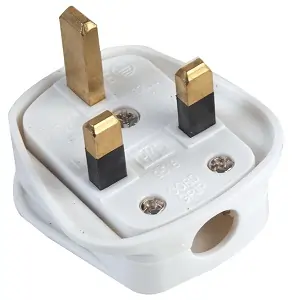Why Do Power Plugs and Outlets Differ Around the World?
If you’ve ever traveled internationally, you’ve likely encountered the frustrating realization that your device charger doesn’t fit into a foreign power outlet. This inconvenience stems from historical, technological, and safety factors that have led to a variety of power plug and outlet standards worldwide. But why exactly do these differences exist? Let’s delve into the origins, evolution, and reasons behind the lack of a universal electrical standard.
The Early Days: No Global Standardization
In the late 19th and early 20th centuries, electricity was first introduced for household use. During this period, countries and companies developed their own electrical systems independently. Without an international governing body to enforce standardization, electrical grids expanded in silos, leading to the emergence of unique plug and socket designs tailored to each region’s needs.
The earliest plugs and sockets were designed for basic functionality, lacking grounding or advanced safety mechanisms. Since different manufacturers created their own systems, there was little incentive to align with others. By the time global standardization was considered, many countries had already committed to their own plug types, making uniformity difficult to achieve.

Westinghouse 500HP AC Generator 1893 (Source: teslasociety)
Voltage and Frequency Variations
- 110–120V at 60Hz: Used in North America, parts of South America, and Japan.
- 220–240V at 50Hz: Common in Europe, Asia, Africa, and Australia.
While these variations don’t directly impact plug and outlet design, they do influence appliance compatibility. Devices must be engineered to handle specific voltages and frequencies, adding another layer of complexity for international travelers. However, the physical shape and configuration of plugs were primarily influenced by safety concerns, historical preferences, and trade relationships.
Evolution of Safety Features
- United States: The ungrounded Type A plug (two flat parallel prongs) evolved into the Type B plug, which added a third round grounding pin while maintaining backward compatibility.
- United Kingdom: The Type G plug features built-in fuses and insulated prongs for enhanced safety.
- Germany: The Type F plug plug introduced grounding clips for better protection.
These developments occurred at different times and in varying ways across countries, further complicating efforts toward global standardization.

Type F Power Outlet
Industrial and Trade Influences
Industrial competition and trade relationships have also played a role in the development of different plug types. Countries often adopted designs that aligned with their industrial capabilities or favored trade partners. For instance, the British Empire’s influence led to the widespread adoption of the Type G plug in many of its former colonies. Similarly, the United States’ influence extended the use of the Type A plug and Type B plugs in parts of Central and South America, as well as Japan.

Type G Power Plug
Modern Challenges and Solutions
- Universal Adapters: Compact and affordable, these adapters allow travelers to use their devices in different countries.
- USB-Powered Devices: Many modern gadgets, such as smartphones and tablets, use USB charging, reducing reliance on traditional plugs.
- Dual-Voltage Appliances: Devices like laptops and cameras are often designed to work with both 110–120V and 220–240V systems, minimizing compatibility issues.
However, these solutions are not perfect. Universal adapters can be bulky, and USB charging is limited to low-power devices. The dream of a truly universal plug and outlet standard remains elusive.
Conclusion: A Legacy of History and Innovation
The variety of power plugs and outlets we see today is the result of over a century of independent development, historical influences, and safety improvements. While the lack of a universal standard can be inconvenient, it also reflects the diverse ways in which different nations have approached electrical infrastructure. As technology evolves and global connectivity increases, the push for standardization may gain momentum, but for now, the world’s electrical landscape remains a fascinating patchwork of innovation and history.